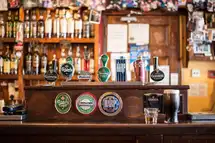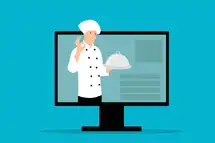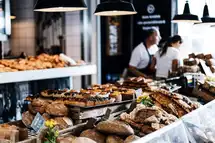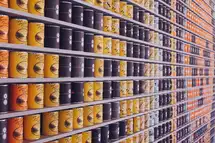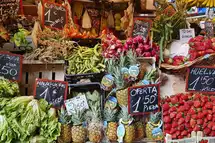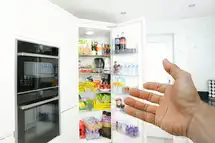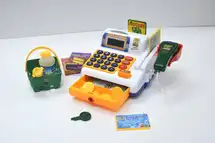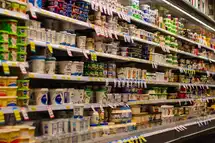What is point of sale report?
A point of sale report is a document that provides a summary of sales transactions over a specified period of time. This report can be used to track sales trends, identify problem areas, and make decisions about pricing and inventory levels.
How to Use a Point of Sale Report to Improve Your Business
What Are Point of Sale Reports?
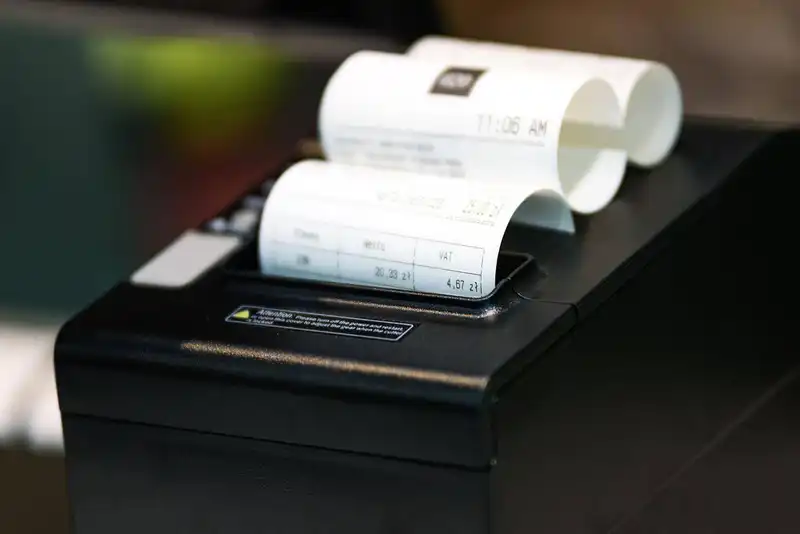
A business, in order to be successful, must have ready access to information on key parameters like sales and purchases, employee performance, relationship with customers, and stock levels. Automated and detailed reports on these business aspects are produced by Point of Sale (POS) systems.
A POS report is a compilation of data obtained by your restaurant POS software and presented in such a way that it narrates the story of your business in considerable detail. POS reporting reveals crucial business insights like what are the bestselling menu items, the profit margin that the most popular dishes deliver, and employee performance.
These reports are significantly easier to compile than handwritten ones, and they can be accessed from anywhere in the world, in real time, thanks to cloud-based POS systems that are integrated with handheld devices like tablets and smartphones.
The reports give a comprehensive view of the company's progress so that business operations can be tweaked as needed.
Point of sale data show business planners which items are popular and which don't sell well, and whether the actual usage of stocks differs from their planned usage and by how much. Analysis of the information churned out by POS reports lets businesses get rid of blind spots, and make accurate forecasts so that planning improves.
Today, technology has advanced so much that business owners may be out on vacation on a remote island, but they would still be able to keep up with what is going on at their establishment. POS alerts can, for example, notify restaurant owners located hundreds of miles away from their establishments that stocks are running low. They can then quickly place fresh orders with just a few clicks on their smartphone so that business is not hindered on account of depleting stocks. In addition, a stock count may reveal that preparing a dish requires more items than was anticipated. Business owners can then take immediate action based on such POS data.
So, whether you run a brick-and-mortar restaurant, an online store, or a cloud kitchen, the importance of a smart POS system cannot be overemphasized.
How Are Point of Sale Reports Generated?
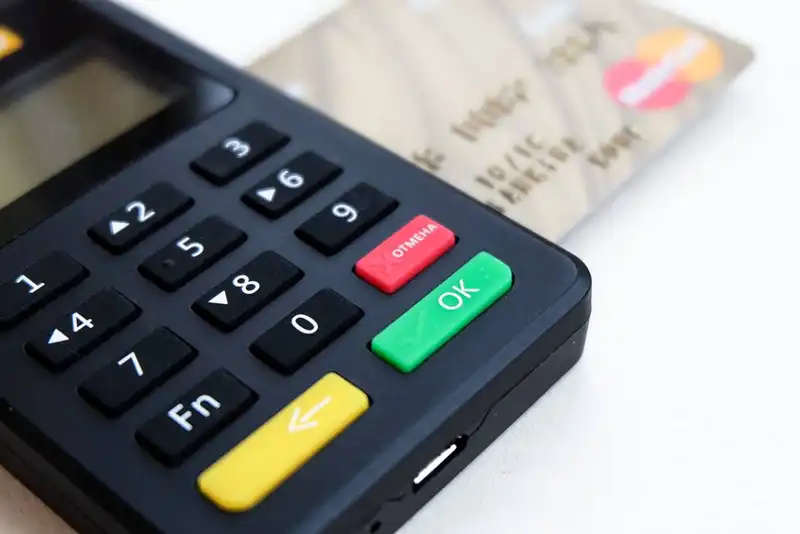
POS reports are packed with information. For example, when a sale is made at the sales counter, it is recorded and the inventory count is accordingly adjusted. POS reports, therefore, reveal not only sales figures over a period of time, but also provide a list of the products used, unused, left in stock, and what needs to be reordered.
Food orders placed with a restaurant are recorded in the restaurant POS system, and reports can be generated on customer ordering trends.
Customer details like name, age, gender, phone number, and email address can be entered at the point of sale, and this information can be used by businesses to build customer loyalty programs. POS systems can also throw light on modes of payment preferred by customers. They can additionally work as employee time clocks and provide insights on employee performance.
Legacy POS systems allow users to access reports through POS terminals. The flip side is that these reports can be read only at the business site, or where the POS terminals are housed. However, you may need to access your business reports even when you are away from your establishment. For that, you need cloud-based POS systems that will let you view reports on your mobile devices in real time wherever you may be.
Web-based point of sale systems have migrated to the cloud. They offer far more advanced features than the traditional point of sale system. Legacy POS systems require bulky computer terminals, and on-site maintenance, and run on a closed network that can be accessed only by a handful of devices. Cloud-based POS systems dispense with the need for elaborate hardware support.
The cloud server syncs in real time with the primary device, letting users access POS data and make product and pricing adjustments from anywhere using any device. Traditional POS systems on the other hand, store data on local servers, as a result of which users have to access the POS equipment physically in order to view the data.
You've heard about POS systems, but you're not sure if they're worth the investment.
This article tells you why they're worth every penny you invest in them.
Types of POS Reports- Sales Data
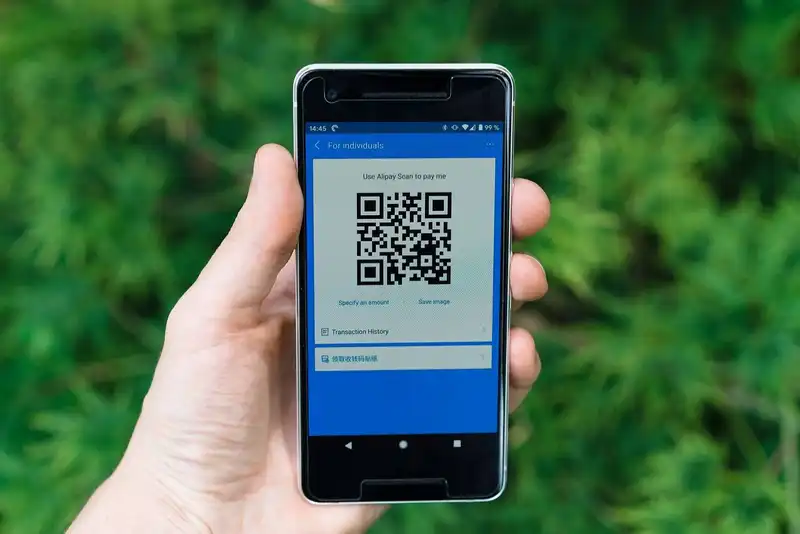
Sales reports by themselves are inert and must be interpreted to be considered useful. POS reports that detail your restaurant's sales and purchases allow you to handle marketing and staffing needs better.
A business, therefore, should be able to monitor its total sales from the POS reports. A thorough examination of daily sales and purchases, and sales categorized on the basis of where they come from on the floor of the restaurant, or from which menu item furnishes business owners with a wealth of data, which can then be harvested and interpreted.
Sales reports also allow you to discover your most profitable tables and sections so that staffing and seating can be efficiently handled.
Analysis of POS reports tell business owners which menu items are to be produced in greater quantity, which are to be better advertised, and which menu items should be discontinued. These decisions have a bearing on inventory and supply chain management and help in controlling food wastage. Hence, sales reports help restaurants make sure that food costs are in check.
Sales reports can also provide an estimate of the revenue earned through off-site orders like takeout and home delivery vis-a-vis in-venue orders. This allows business owners to decide which revenue stream to prioritize and promote.
Similarly, sales reports help identify busy, and slow periods of traffic. Business owners can then calibrate their employee schedules accordingly. Efficient scheduling lets businesses prevent labor costs from ballooning out of proportion.
A sale report may be used to see the menu items each waiter sold and how much money each of them could generate. A sale report also shows discount details, including which employees provided those discounts, which managers approved them, and their reason for providing them.
Staffing and scheduling decisions can be made sharper with a knowledge of which employees make the biggest sales, which employees are prone to making mistakes and giving away too many discounts. The more efficient employees can then be scheduled to handle critical shifts and rewarded in the form of increments in pay and perks.
Employee Data

Labor constitutes the costliest operational item for restaurants, accounting for 30-35% of the total revenue. POS data can assist you in controlling payroll costs. It also informs employee scheduling decisions. These are crucial factors to consider in the event of labor shortage.
There are various POS reporting benchmarks that are to be kept in mind to adequately manage staffing needs. Therefore, a business owner should have a clear idea of how many hours of work employees put in, the number of shifts they work, the time they clock in, and the time they clock out. Employee data generated by POS reports also shows how much employees earn in wages and tips.
POS reports reveal the number of times staff members delete items from the order screen, the total number of items deleted, and their value. They also spotlight the number of times the 'no sale' tab is used to open the cash drawer. No sale and deleted items reports help businesses identify employees who may be stealing from the establishment.
Employee POS reports can be used to determine the amount of money business owners owe in tips to front-of-house employees and the amount they must pay tipped employees so that the gap between tipped and untipped minimum wage can be bridged.
In addition, employee performance and efficiency can be gauged from POS sales reports.
Customer Data

It's a known fact that 20% of the customers of a business often generate 80% of its revenue. This being the case, it is imperative for restaurants to identify their most loyal customers.
This information is readily available through POS reports. These reports show the names, contacts, date of birth, and other personal details that customers are willing to share, along with the number of times a customer visits the restaurant or orders online.
POS reports also show diners' behavior and ordering patterns. Information on what customers ordered during each takeout, online order, or restaurant visit can easily be accessed.
POS reports also provide various other details about customer orders, such as the price of items ordered, and time of visit/online ordering. They also let business owners discover customers' reservation history. It is also possible to identify wait staff from the customers' order and reservation history.
This customer data can then be analyzed to create loyalty programs which can entice one-time clients to place repeat orders.
With sufficient customer data at its command, a restaurant will be able to send customers personalized offers they won't be able to ignore. For instance, a customer who has not dined at the restaurant in a while can be wooed back with a freebie, and loyal customers can be surprised with a free dessert.
Customers can be hooked through targeted advertising. This is accomplished through phone communication, email marketing, and other techniques. Customers who receive personalized messages are more likely to recommend a restaurant on social media or through word-of-mouth, thereby helping the restaurant boost its sales.
Customer loyalty and satisfaction can also be increased in numerous other ways, apart from providing efficient service. For example, restaurants can gain customer appreciation and loyalty by informing them when an out-of-stock item becomes available again.
Furthermore, restaurants can also cross-sell related products and assist diners in making decisions while buying online. For example, pop-up recommendations for a red wine that pairs well with a succulent steak will be much appreciated. Mobile apps can be used to receive orders, bookings, and prepayments.
You're looking for a POS system, but you're not sure which to go with.
Here's a list of the best POS systems for restaurants to help you out.
Inventory Data
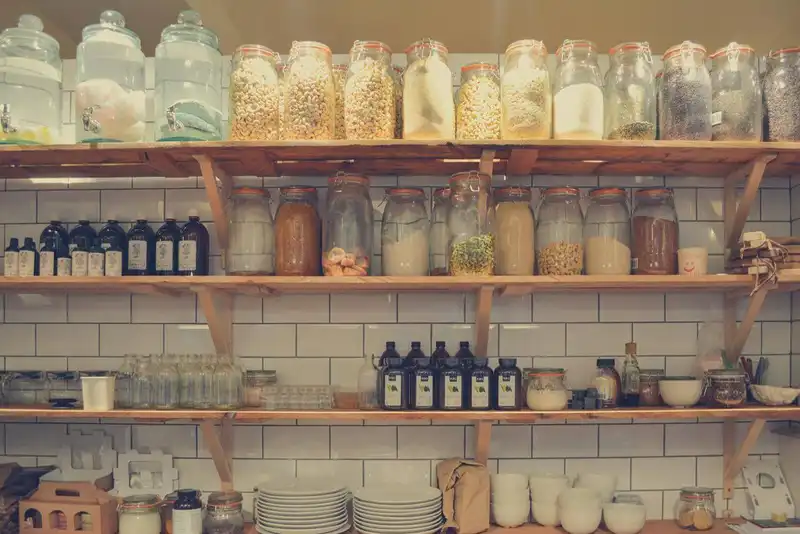
TouchBistro's State of Full Service Restaurants Report found that 40% of the restaurant owners found inventory management difficult. However, if you rely on POS reports, you can always order the right amount of inventory you need.
A modern POS system generates automated reports that can give a more accurate estimate of stock levels than manual stock-taking methods.
POS reports reveal how much of each product is in stock, and compile a list of the menu items, their sale prices, and their production costs. POS systems can also be configured to alert when stocks run low.
Furthermore, POS reports help in calculating the difference between what restaurants pay for different items and what they earn from those items. One can also know the modifiers customers ask for, like extra bacon, avocado, and so on, how frequently they ask for them, and the revenue they generate.
Business owners will also receive information about the number of times each menu item has been ordered, and the amount of revenue they generate. It is also possible to obtain detailed analyses of sales by menu category like appetizers, entrees, drinks, and so on, and of meal times, like lunch, happy hour, and dinnertime sales.
Inventory reports can tell restaurant owners when to purchase additional supplies so that stock-outs, especially of popular products, can be avoided. Inventory lists help in avoiding over- and under-ordering, and food wastage. These Business Intelligence reports also let restaurants identify their bestselling dishes that need a marketing push. Marketing decisions, such as menu engineering and promotions can be aided by POS reports.
Payments Data
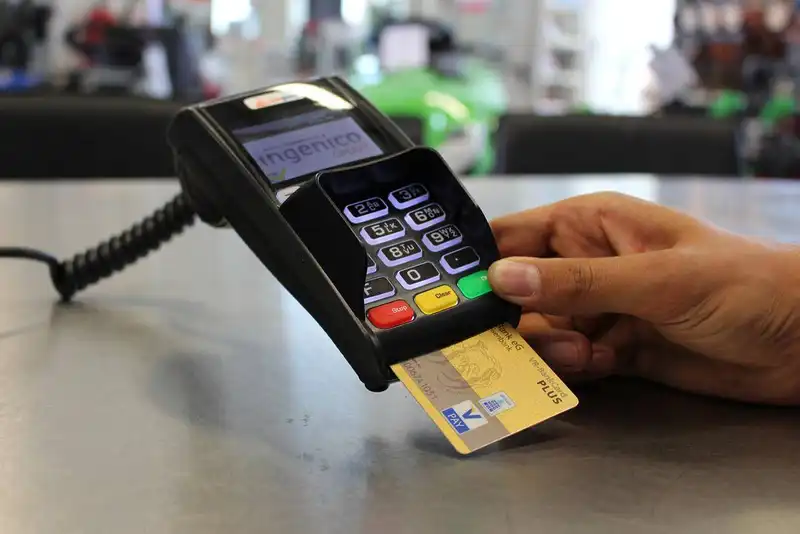
A customer can pay through a debit/credit card, gift card, mobile wallet, or cash. POS analytics allows you to have a better understanding of your clients' preferred payment method. POS data helps business owners keep an eye on card and cash payments and refunds, details on sales by payment method, individual credit card refunds and payments, order numbers, time and date of card usage, amounts paid, authorization numbers, and card tip amounts.
With this data, point of sale reports on payments help restaurant devise a robust Business Strategy to improve their bottom line.
An analysis of customers' preferred mode of payment may establish the growing importance of cashless payment methods, especially in the wake of the Covid pandemic and the fear of cross-contamination by currency notes and coins.
This may convince the business to adopt smarter technology to support mobile payments through Google Pay, Apple Pay, and so on, and install card processors that offer the best bargains on processing fees. Card usage can also be analyzed to decide the number of card readers the restaurant requires.
Top 3 POS Systems for Restaurants
1. Plum POS-
This is one of the Best Pos systems available in the market, and can be accessed from the Hubworks app store. Plum POS has solutions for restaurants of all kinds and sizes.
It offers real time reporting and analytics, easy inventory management, and assists in the creation of effective loyalty programs, as well as the management of online orders and food delivery. Plum POS comes with a mobile POS, a POS app, a kitchen display system, digital signage, and a self-service kiosk.
The Plum POS architecture can be installed in a matter of minutes and operated with the greatest of ease.
As far as subscription fees are concerned, its Essential Station Bundle is priced at $1,716, and the Pro Station Bundle comes for $1,716. There is also a custom system at a customized price.
2. Square POS-
This iPad POS is ideal for small businesses. Owing to its low cost and lack of long-term contracts, Square POS sets itself apart.
It's simple to set up, requiring only a card reader and an iPad. To get started, simply establish a Square account, connect a bank account, and access the POS app from the Apple App Store.
The Square POS system can communicate via a wifi network, and there is no limit to the number of devices it can operate from.
Small business owners can receive payments and generate receipts from their palms using the pocket-sized Square Terminal device. Its subscription fees range from $0-60+ per month.
3. Toast POS-
Toast is a hybrid Pos System designed specifically for restaurants. The Toast POS software works on touchscreen tablets and other handheld devices.
The hardware comes with Ingress Protection (IP) ratings, which means these pieces of equipment can withstand drops, water, and heat. These qualities make Toast POS ideal for busy eateries such as food trucks and quick service restaurants where the equipment goes through a lot of stress and is at constant risk of damage.
Toast serves companies of all sizes. Smaller businesses can choose its Pay-as-You-Go service, which includes no software costs. As the company grows, more tools can be added, and the company can upgrade to a higher tier of subscription. Subscription fees range from $0-165+ per month.
You need accurate data on your operations, but you don't know where to get it.
A good POS system will process your data to give you valuable insights into your business and help you improve your profits.


